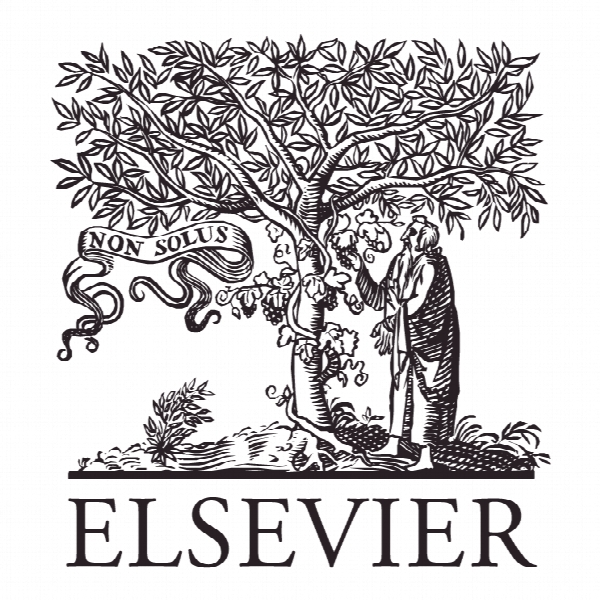همکاری بین مدیریت منابع انسانی سبز و مدیریت زنجیره تامین سبز Envisioning the invisible: Understanding the synergy between green human resource management and green supply chain management in manufacturing firms in Iran in light of the moderating effect of employees’ resistance to change
- نوع فایل : کتاب
- زبان : انگلیسی
- ناشر : Elsevier
- چاپ و سال / کشور: 2018
توضیحات
رشته های مرتبط مدیریت و مهندسی صنایع
گرایش های مرتبط مدیریت منابع انسانی، لجستیک و زنجیره تامین
مجله تولید پاک تر – Journal of Cleaner Production
دانشگاه School of Business and Law – Edith Cowan University – Australia
منتشر شده در نشریه الزویر
کلمات کلیدی مدیریت زنجیره تامین سبز، مدیریت منابع انسانی سبز، عملیات پایدار، مدیریت منابع انسانی پایدار، ایران
گرایش های مرتبط مدیریت منابع انسانی، لجستیک و زنجیره تامین
مجله تولید پاک تر – Journal of Cleaner Production
دانشگاه School of Business and Law – Edith Cowan University – Australia
منتشر شده در نشریه الزویر
کلمات کلیدی مدیریت زنجیره تامین سبز، مدیریت منابع انسانی سبز، عملیات پایدار، مدیریت منابع انسانی پایدار، ایران
Description
1. Introduction There has been an exerting pressure on organizations to adopt responsible practices across all layers of their supply chain (Mathiyazhagan, Govindan, NoorulHaq, & Geng, 2013) in order to build up excellence in sustainable management (Dubey, Gunasekaran, & Papadopoulos, 2017). This new business atmosphere aims to reduce environmental impacts towards a low carbon economy and has substantial influences on how companies manage their supply chain (Chen & Chen, 2017; Luo, Gunasekaran, Dubey, Childe, & Papadopoulos, 2016). In search for low carbon and more sustainable supply chain, organizations around the world have adopted a variety of green practices and concepts in an emerging topic called low carbon operations and supply chain. To this end, green supply chain management (GSCM) has emerged as a cuttingedge approach to balance the organizational economic, social, and environmental requirements (Wu & Chang, 2015). GSCM encompasses green purchasing and procurement, green manufacturing and materials management, green packaging, green distribution and marketing, and reverse logistics (Gandhi, Mangla, Kumar, & Kumar, 2015; Jayant & Azhar, 2014). It can be induced by demand from the market and community groups as well as the need for full compliance with more stringent environmental regulations (Testa & Iraldo, 2010). Green supply chain management allows an organization to achieve its economic goals, reduce environmental risks, minimize its adverse environmental impacts, and improve the ecological efficiency of the organization and its associates throughout the supply chain (Zhu, Sarkis, & Lai, 2008). It aims to minimize or eliminate wastages comprising hazardous chemical, emissions, energy and solid waste along the supply chain (T. A. Chin, Tat, & Sulaiman, 2015), and to mitigate climate change (Luo et al., 2016) and pave the way towards sustainable manufacturing. To summarize, there are several works that have proved the positive impacts of GSCM on the performance of firms (Laari, Töyli, Solakivi, & Ojala, 2016; Li, Jayaraman, Paulraj, & Shang, 2016; Mitra & Datta, 2014; Tachizawa, Gimenez, & Sierra, 2015; Vijayvargy & Agarwal, 2014).


